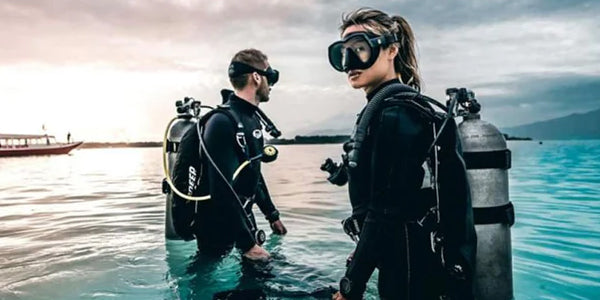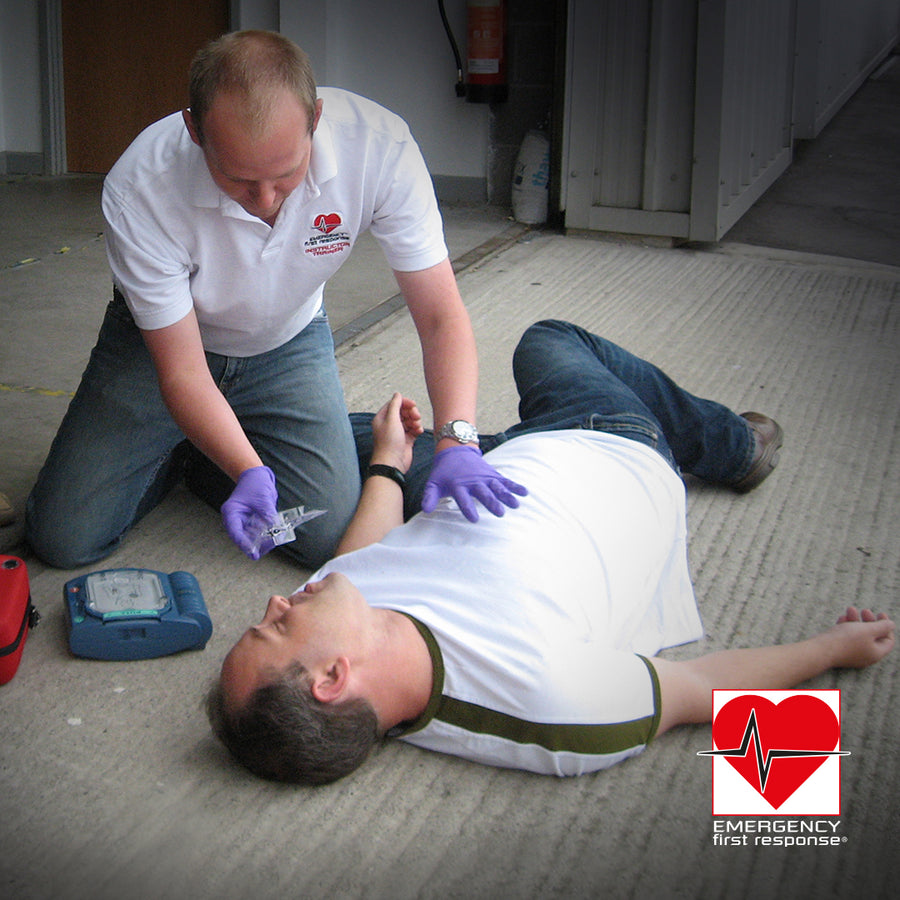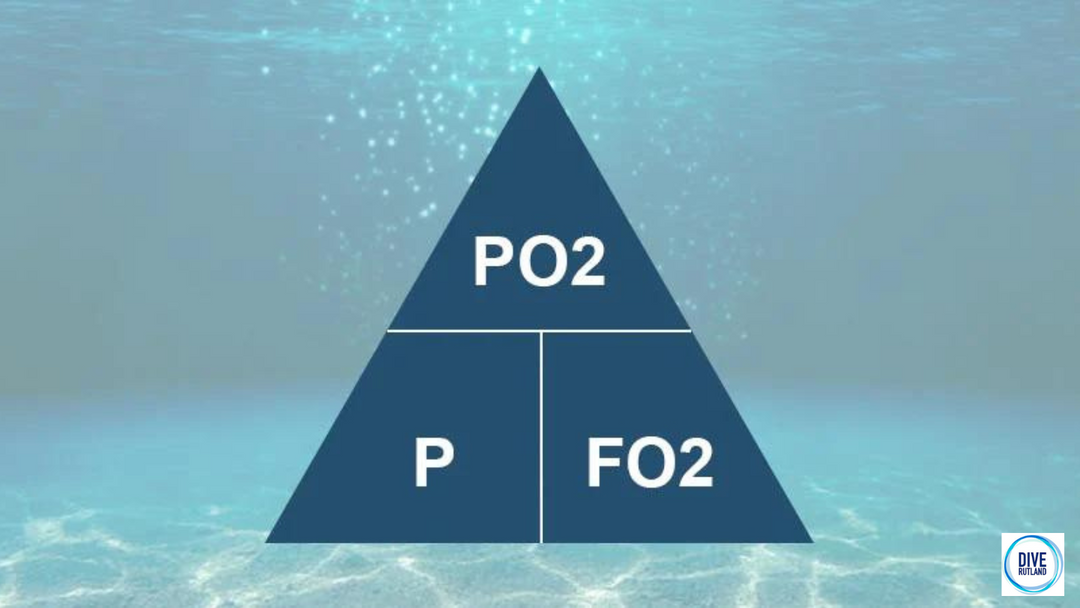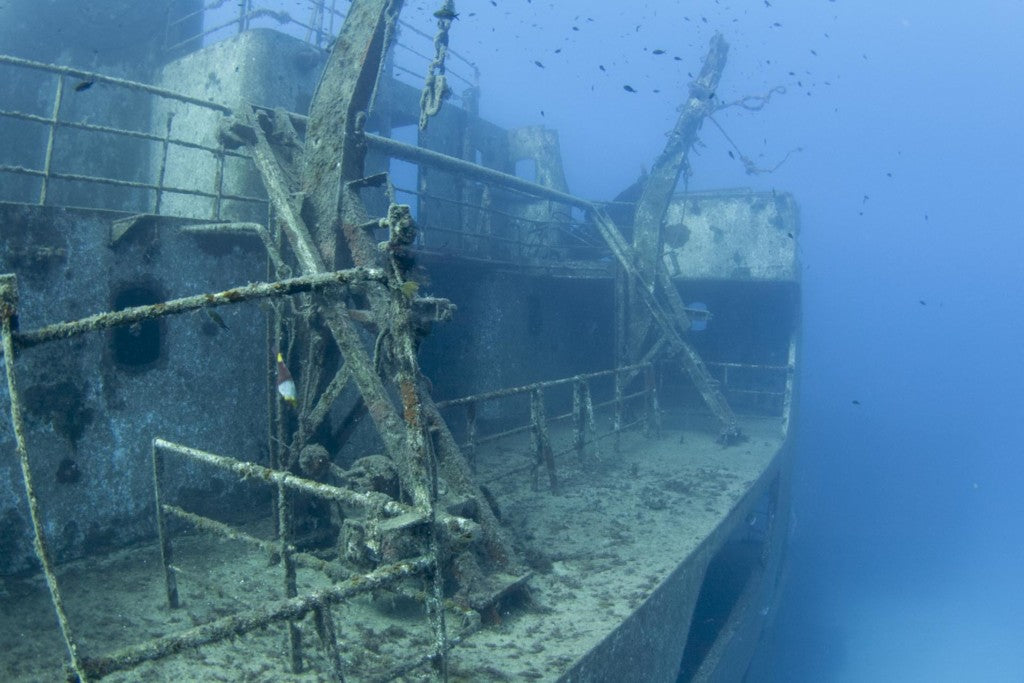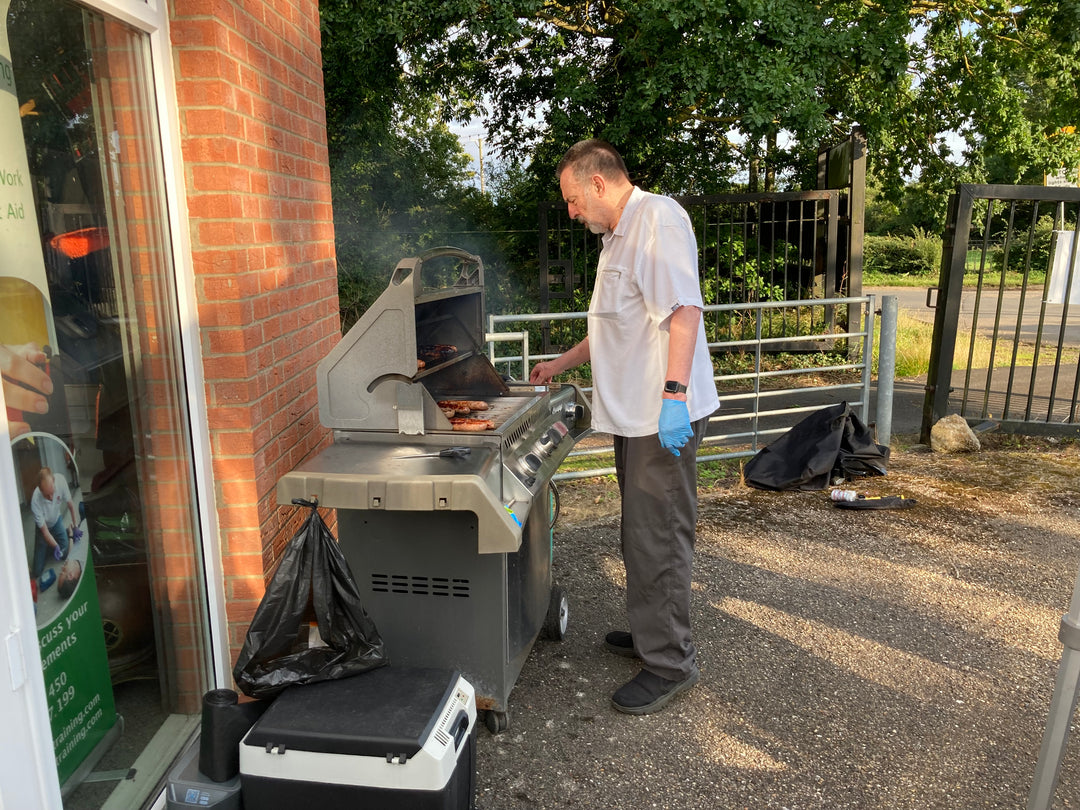Hypothermia

What is Hypothermia?
Hypothermia is a condition in which the deep tissue or core temperature of the body falls below 35° C, which is the temperature at which malfunctions in normal physiology begin to occur. If the core temperature drops below 36° C, diving operations should be terminated because the consequences of continuing are serious. If the core temperature falls to 34° C, temporary amnesia may occur and emergency rewarming and medical treatment are required. Between 30° and 32° C, cardiac irregularities commence and unconsciousness may result.
Because water has a specific heat approximately 1000 times greater than that of air and a thermal conductivity 24 times greater than that of air, the body loses heat much faster in water than in air of the same temperature. Fortunately, the thermoregulatory system of the body is highly sensitive to stimulation from the hands and feet, so that the body's heat generating systems are activated before the core temperature is affected seriously. The fact that the hands and feet get cold first is thus, in this sense, an advantage.
With cold skin and with core temperatures below 36° C, the defence mechanisms of the body are activated. These mechanisms consist of shivering, which can increase basal body heat production by up to five times, and vasoconstriction, which reduces blood flow to the periphery and thus reduces heat loss. Unfortunately, these mechanisms rarely achieve heat balance, so that the diver continues to loose heat.
In addition to losing body heat by conductive loss from the skin, a significant loss (10 to 20 percent of total body heat loss) occurs by evaporation from the lungs. The percentage is dependent on the humidity of the inspired air, since the drier the air the greater the evaporative heat loss. Further, as divers go deeper and their breathing gas becomes more dense, convective heat loss increases. Breathing gas heating is needed beyond depths of 122 meters.
Symptoms of Hypothermia
On one hand, it is easy to recognise that hands and feet are cold by the familiar sensations of discomfort, numbness, pain, and diminished usefulness.
On the other hand, loss of body heat is extremely difficult to recognise. Individuals are poor judges of their own thermal state. As body heat is lost, the body approaches hypothermia; recognising hypothermia in its early stages is a serious problem in diving. Severe hypothermia, meaning a rectal temperature of 35° C or lower, is dangerous; at this stage, a diver may become helpless.
Chilling, even if not severe enough to threaten life, will produce loss of dexterity and sense of touch in the hands, making it difficult for a diver to do useful work or even to control diving equipment such as weight belts and buoyancy compensators. Shivering causes a lack of coordination and may make it difficult for a diver to hold the mouthpiece in place. By the time shivering becomes uncontrollable, oxygen consumption has increased significantly. Before this however, the dive should have been terminated and rewarming started.
There are two categories of Hypothermia - Severe and Mild
Severe Hypothermia
The patient may be breathing or have a pulse at such a low rate and intensity that is difficult to detect. Maybe disorientated, confused, uncoordinated or completely unresponsive
Mild Hypothermia
The patient may be conscious and alert, yet shivering and displaying slightly impaired coordination
Treatment of Hypothermia
All treatment should follow the latest guidance which is covered on all of our First Aid Courses and the standard protocol of STOP, THINK and then ACT
STOP - Assess and observe scene - Has patient been exposed to a cold environment?
THINK - Consider your safety and form an action plan - Is a warm, dry area nearby?
ACT - Check responsiveness
Severe Hypothermia
- Perform a primary assessment, contact Emergency Services.
- Do not move patient unless necessary to prevent further heat loss. Handling may cause irregular heartbeat
- Remove wet clothing without jostling patient
- Cover patient with warm blankets or thick clothing
- Continually monitor until Emergency Services arrive
Mild Hypothermia
- Move patient to a warm, dry sheltered area and wrap in warm blankets or clothes
- If patient is wet, provide dry clothing
- Give warm, nonalcoholic, non caffeinated drinks
- Continue to support patient until completely rewarmed
Want to learn First Aid then have a look at our courses - maybe the EFR Primary and Secondary Course and if you are not already why not consider the Rescue Course

